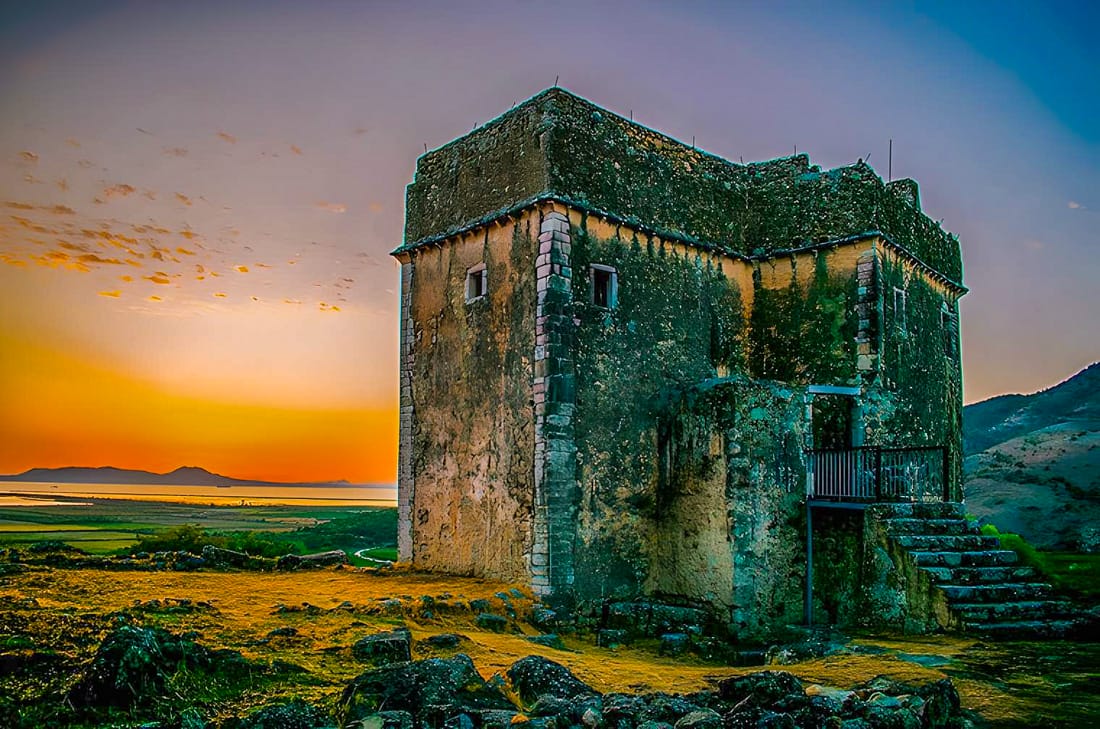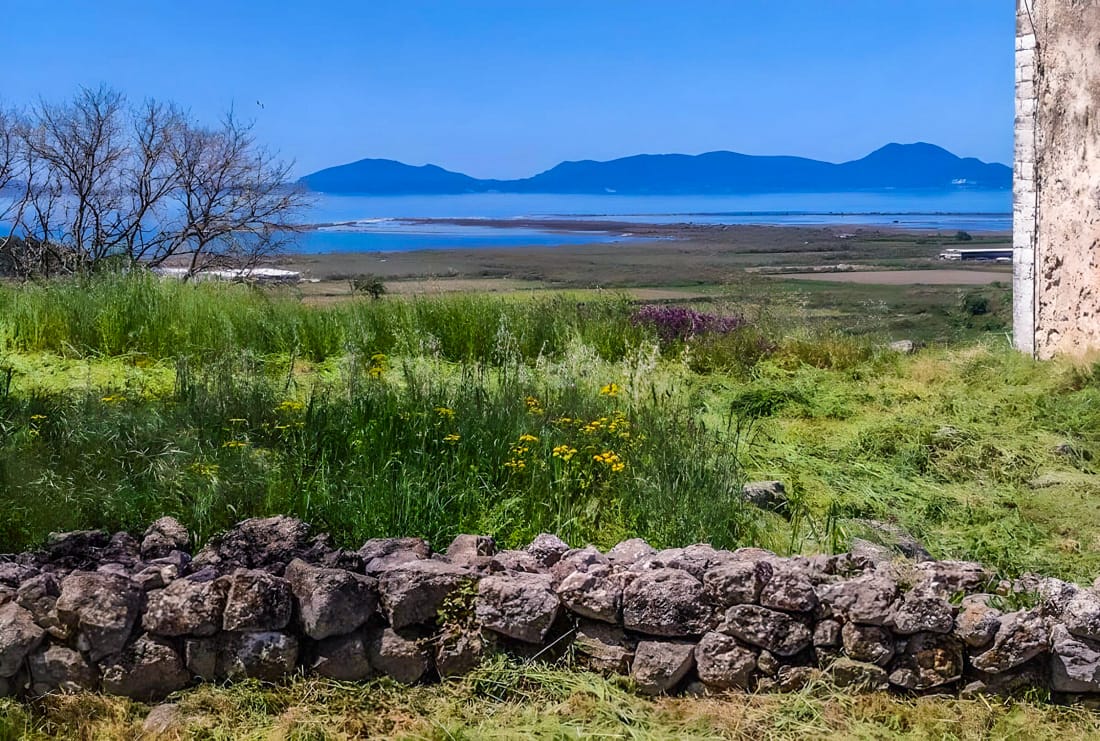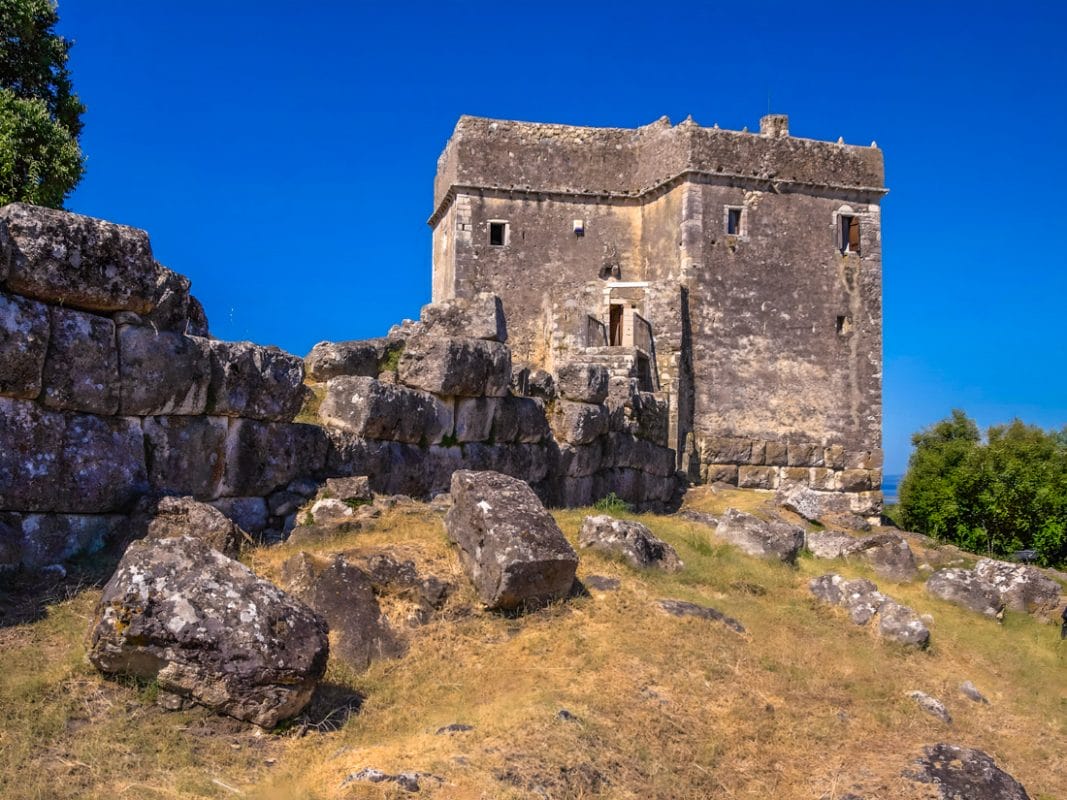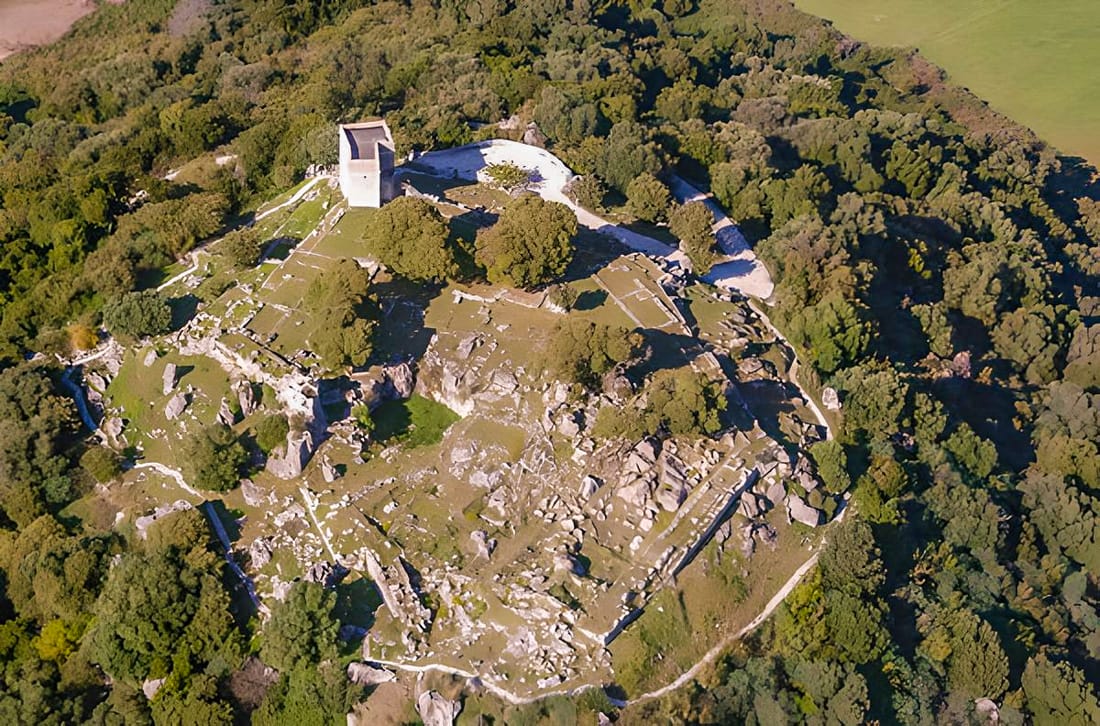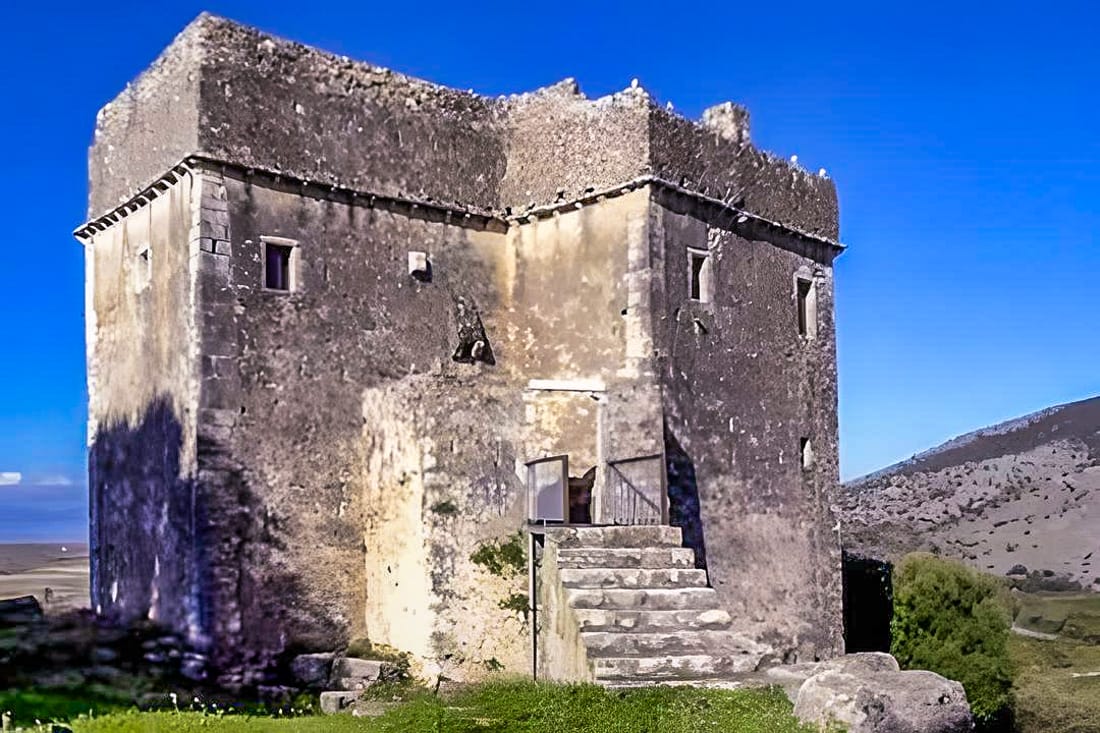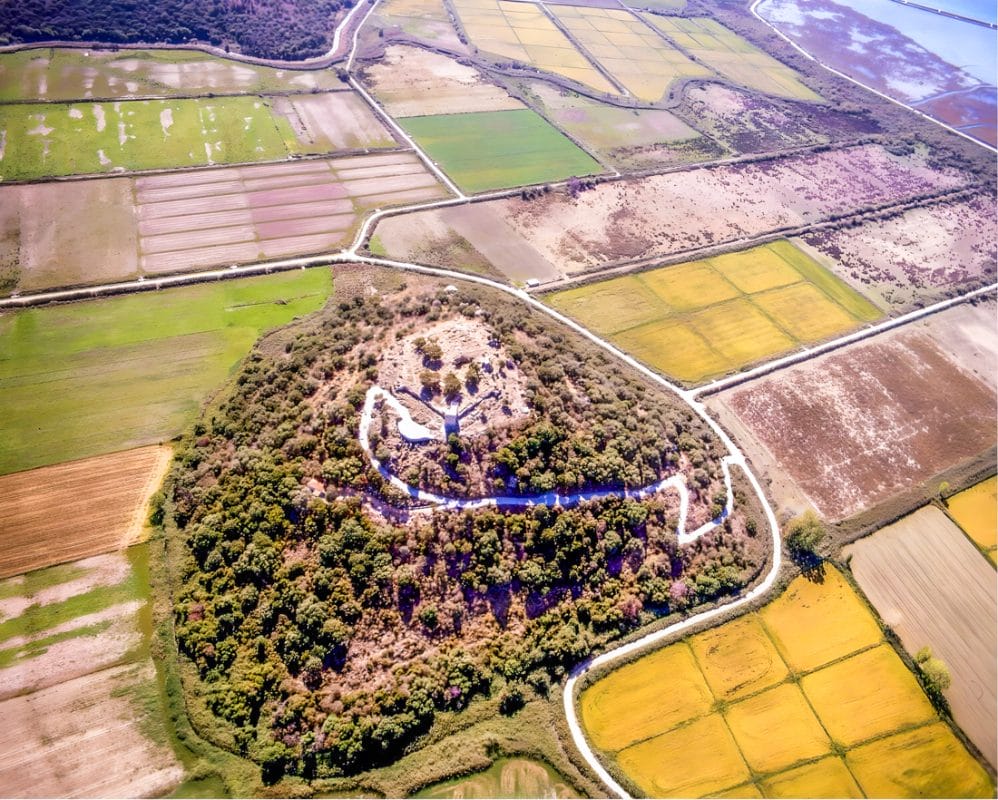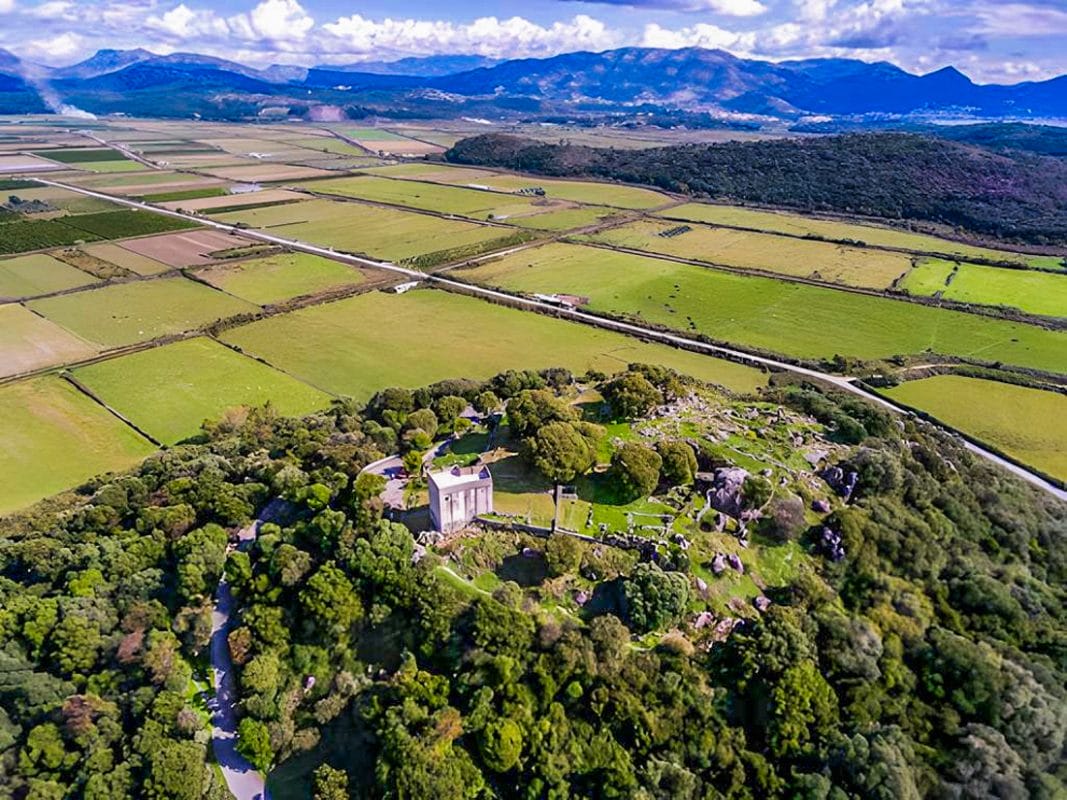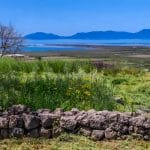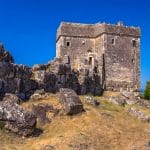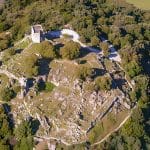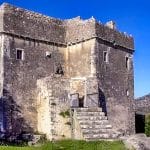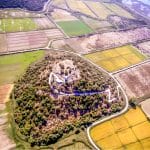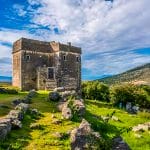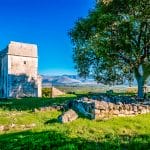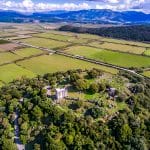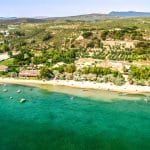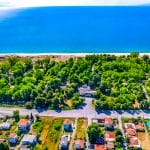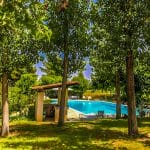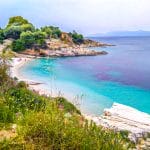Archaeological Site of Pyrgos Ragiou
The archaeological site of Pyrgos Ragiou, at a short distance (10 Km) from the modern town of Igoumenitsa, occupies a low hill in the middle of the Ragio-Kestrini plain, near the old estuary of the River Kalamas (ancient Thyamis). The site had a continuous use, from the Middle Paleolithic period until the times of the Ottoman rule.
During the 5th century BC the hill was fortified with a strong defensive wall, still well preserved, encircling an area of 3.000 sq. metres. Ashlar masonry (use of large rectangular blocks), is mainly employed for the construction of the wall, which attests for its dating in the 5th century BC. For later modifications of the wall, during the late Classical and Hellenistic periods, the polygonal style of masonry (construction with large polygonal blocks) has been used, visible at the western side of the fortification.
Τhe fortification wall, which today reaches, in parts, a height of 4 m., was strenghtened with rectangular towers, as well as indentations, that is slight transpositions of its axis. In antiquity, the main gate of the fortified site was that at its southern side. A narrower entrance to the north was also in use, which serves today as the entrance to the archaeological site.
It is believed that the fort was part of one of the military bases which, according to Thucydides, ancient Corkyra established along the Thesprotian coast during the first years of the Peloponnesian War. From there they monitored the northern straights of Corfu and gained a good command of the hinterland, over a range of several kilometers.
Building remains of the Classical and Hellenistic periods are limited within the fort, which confirms the military character of the site. An impressive rock-cut cistern for the collection and storage of rainwater, 13 m. in diameter and more than 5 m. deep occupies the centre of the fort. A few meters eastwards there is an interesting rectangular curving on the rock, resembling a prominent seat, the use or construction date of which remains, however, speculative.
A noticeable number of dry-stone enceintes and walls, dating to the ottoman period, attest for an extended and more systematic habitation of the site during that period. This is the period when a two-storeyed building was constructed right above the northern tower of the ancient fortification wall: the Tower (Pyrgos), to which the site owns its name.
The Tower of Pyrgos Ragiou belongs to the architectural type of “koulia” or “kula” which, along with the type of towerhouse, was quite common in the whole Balkan area during the ottoman period. It was a building used as a guardhouse – watchtower and for the accommodation of Agha (turkish guard) of the area. Owing to its defensive character, the building lacks entrances or other openings on the ground floor. The only entrance is situated at a higher level and was accessible via a stone stairway and a wooden drawbridge. Accordingly, the windows -square or arched- are small and absent from the ground floor. For efficient confrontation with the enemy, there are gun slits on every wall, as well as a hopper-shaped opening right above the entrance. From that opening hot oil or water was poured down on the attacker.
After the enhancement works of the archaeological site during the period 1999-2000, provision has been made for all the necessary infrastructure and amenities for the public (access road, visitor’s path, informative signposts, etc). The ottoman Tower has been restored and currently operates as an exhibition hall.
Access: For accessing the site one can take the road along the beach Drepano-Makrygiali. By reaching the electrical substation of the Public Power Corporation the visitor turn right following the signposts leading to the archaeological site further inland.
You must be logged in to submit a review.
REVIEWS
Until the end of October and except Tuesdays and Wednesdays you can visit the archaeological site of the Tower of Ragios. It is a part of the long history of the region. It dates from the fourth and fifth centuries before Christ and was reconstructed during the Ottoman occupation. The view is great and the groundskeeper quite knowledgeable and informative.
The museum approach to the site, which highlights the timeless history of the Tower and the wider area. A big thank you and a special mention to the main Aphrodite Spyridonos, guardian of the area, who welcomed us and showed us around the whole area with warmth and incredible courtesy, while at the same time providing us with informative information!!!!
I gave 5 stars just for the place. I’ve been trying for years to upload but the result is the same, closed. On the way back from Bouka beach we stopped and entered through the gap left by the locked gate. The tower and the ruins with the history that accompanies them evoke something in you, after the short steep climb and the wandering that you have to sit on a rock and stare at the view.

